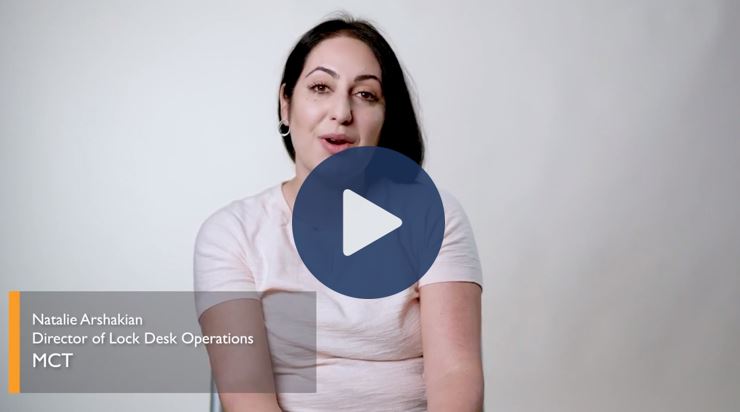As volatility continues in the wake of yesterday’s 75-basis point Fed rate hike, and with the potential of more large hikes to come, we at MCT are monitoring the market situation closely and will keep you informed of potential impacts to your business and pipeline. Let’s look at some strategies to mitigate risk in volatile markets.

It is important in hedging a pipeline to use a constant, disciplined approach. This is best regardless of volatile, or non-volatile, mortgage-backed security environments. We don’t advise lenders to change their policies or procedures based on volatility, but instead to have a “steady hand” on daily hedging tactics.
Estimates for remaining basis points of Fed rates hikes by year-end vary wildly (75-basis points to 250-basis points), as do forecasts for the U.S. Treasury 10-year yield (anywhere from unchanged to a percentage point above its current level). The yield curve is expected to remain inverted over the same time frame, but what secondary marketing personnel really want is for the market to “settle.”
More Stability Equals More Liquidity
Until stability occurs, and we move toward 5 and 5.5 as the liquid market coupons, in which increased origination allows for more premiums, it is crucial to stay on top of production and roll out of non-production traded coupons to reduce basis risk exposure.
Mortgage pipelines should be hedged with the most liquid securities mirroring your incoming loans. More TBA trading in higher coupons will lead to more liquidity and a tighter bid ask spread, eventually creating more consistent pricing and stability.
As liquidity lags into these higher and newer coupons, be careful of abnormally wide bid-offer spreads, especially for GNMA securities. Look at all your dealers when placing your bids to select the best offer. Higher volatility makes protecting margin that much more crucial. Keep communication with your trading team a top priority prior to the close of market and close of business to ensure you are appropriately covered to minimize interest rate exposure.
Hedging is Designed for Protection
 Hedging is designed to protect your position and the pricing margins you have set, not necessarily to make you more money. It is necessary to monitor the time of the loan manufacturing process.
Hedging is designed to protect your position and the pricing margins you have set, not necessarily to make you more money. It is necessary to monitor the time of the loan manufacturing process.
A volatile market increases the importance of being able to adjust your hedging position appropriately. Have an expected time frame of when you will hedge and set it around the same time as you lock the rate to protect the margin. This allows you to properly fund, process, and sell that loan. We are here to help.
When it comes to your lock desk, discontinue, or avoid free extensions if you have not already.
Treat extensions as a cost. Limit or discontinue locks outside of market hours, including overnight and weekends. This can typically be programmed in your PPE without having to affect core company margins. Stay consistent with your methodology as production comes in. Rather than incurring additional cost, adjust your position appropriately.
After the market coupon transitions and experiences a period of general volatility, liquidity eventually increases. Overall, there is a very stable underlying coupon to note rate price with increasing liquidity. Despite volatility in the current market, pricing has been following underlying TBA pricing nicely, which is a positive for hedging.
Using the MCT Marketplace from MCT, clients see investors that potentially were not seen at first and can also view investor actions, to solidify which investor they want to work with. The software provides transparency to the clients. MCT’s client base itself has remained stable and has not lowered in volume over the course of the market increasing in volatility.
Until peak inflation is reached, uncertainty about the Fed and its actions will continue, as will volatility in the mortgage market. It is time to seek strategic solutions for the future and gain every potential basis point.

As the market transitions up the coupon stack, the struggle for liquidity in higher coupons will remain and originating no points mortgages on LLPA-affected products will continue to be a challenge.
Wide bid ask spreads increase the usefulness of specs like AOT functionality.
Reach out to your MCT representative with any questions or for tailored recommendations to mitigate risk in your pipeline.
Strategically Manage Your Margins During a Volatile Market with MCT

It’s in the lenders’ best interest to be focused on common sense tactics to manage their own margins.
To prepare for market scenarios that require robust margin management, contact MCT today. We would love to help in any way we can by having a one-on-one conversation about your business needs.
Interested to learn more about market volatility best practices? Explore our market volatility guidance for mortgage lenders or find related articles below.
Contact us to schedule a demo and speak with a mortgage lending specialist from MCT.
Related Articles:


